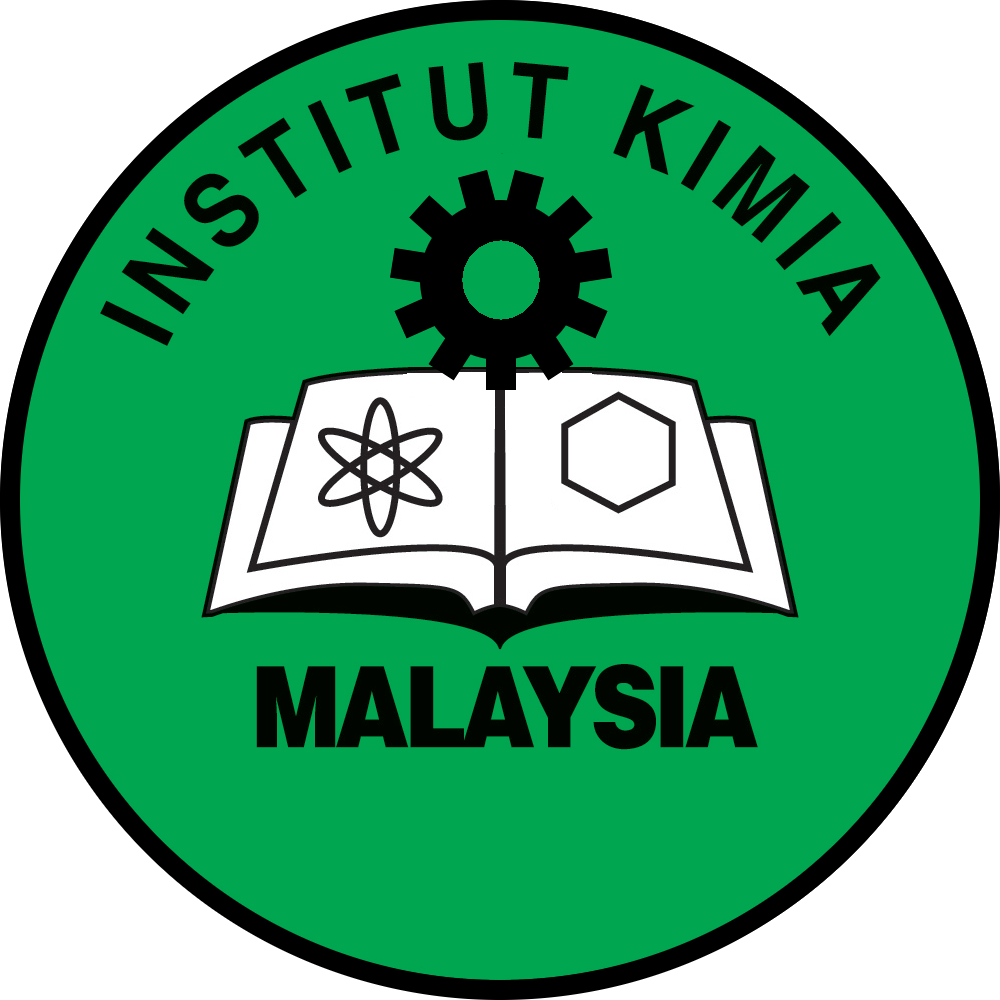Nitrile Glove Waste as Blending Component for Natural Rubber and Epoxidized Natural Rubber: Functionality and Thermal Stability
DOI: https://doi.org/10.55373/mjchem.v25i4.135
Keywords: Nitrile Rubber; natural rubber; epoxidized natural rubber; recycling; blends
Abstract
Blends of Natural Rubber/Recycled Nitrile Rubber (NR/r-NBR) and Epoxidized Natural Rubber/Recycled Nitrile Rubber (ENR/r-NBR) were prepared on a two-roll mill. Thermal studies, namely thermo-oxidative ageing and thermogravimetric analysis (TGA), were carried out for comparison. Thermal ageing and TGA of the blends containing a high weight ratio of r-NBR suggested higher thermal stability, as they showed increased tensile properties and elongation at break as well as initiation of degradation at higher temperatures. This is because r-NBR consists of a crosslinking precursor and has greater thermal resistance. At similar blend ratios, it was observed that using ENR instead of NR as a blending component resulted in higher thermal stability. This is likely due to the higher thermal stability of ENR. Replacing epoxy rings on the rubber backbones gives ENR improved resistance to heat ageing. The results of thermal ageing tests agreed with the TG profiles of the blends, where higher values for tensile retention and elongation at break correlated with higher decomposition temperatures.
